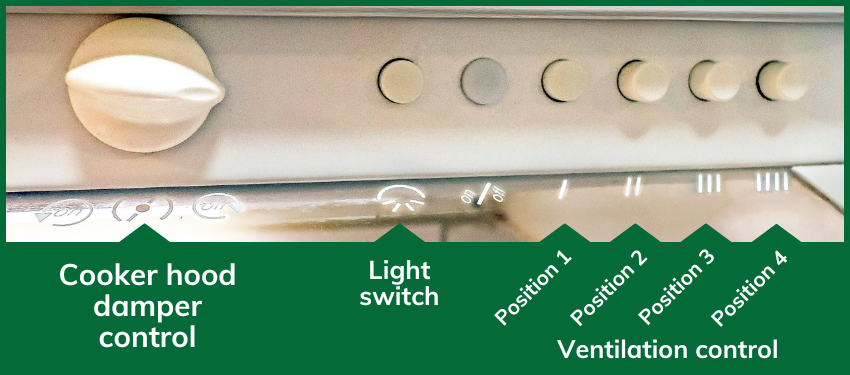The temperature and indoor air quality of the apartment
Apartment’s temperature and indoor air
During the heating season, the temperature and indoor air quality of the apartment can be a concern. With the guidance provided in this article, you will know how to influence the temperature and indoor air quality in your home. Additionally, you will know when it is advisable to contact maintenance. You’ll also know when to fill in a fault report for the maintenance.
Suitable room temperature
The Ministry of Social Affairs and Health’s recommended indoor temperature during heating season is 21 °C (±1 °C). You can enhance your comfort by dressing warmly if needed. The ideal indoor humidity level during the heating season is 25–45%.
In Kuopas’ apartments, the radiator thermostat reacts to the outdoor temperature, according to which it controls the temperature of the water circulating in the radiators. The thermostat opens and closes the water circulation in the radiators so that the room temperature remains as constant as possible. This is why radiators can sometimes feel cool if you feel them with your hand.
In Kuopas, most of our properties have temperature sensors that allow us to monitor the temperature of the apartments. The temperature sensors are white boxes on the walls of the apartment. If a temperature sensor comes off the wall or gets damaged in any way, please always file a fault report immediately. Do not touch or move the sensors yourself.
Room air temperature monitoring
- The thermostat’s function is to automatically adjust the room temperature. If the temperature is already high, the radiator may feel cool, meaning it’s not always warm to the touch. Ensure the thermostat is open!
- Avoid covering the thermostat or radiator with furniture or heavy curtains.
- If you hear a gurgling sound from the radiator or feel a draft from the windows, please fill in a fault report for the maintenance on our website.
- If your apartment feels too warm, you can turn down the radiator, but don’t turn it off completely. Avoid airing out the heat through windows.
- We monitor the temperature of apartments through an automated system. If you want to measure the room temperature yourself, measure it from the center of the room at about one meter height.

Ventilation
All our buildings have mechanical ventilation, which does not require manual adjustment. Some buildings have individual apartment ventilation systems.
Individual apartment ventilation (cooker hood)
- Apartment ventilation is adjusted via the cooker hood. Avoid using the highest setting during the heating season, as it cools the room air quickly. Use the enhanced ventilation setting only while cooking or showering.
- However, do not turn off the apartment ventilation completely via the cooker hood.
- If you need to air out the room, do it briefly. Use only the small ventilation windows, please do not open large windows. During the heating season, we recommend avoiding ventilation through windows altogether.

Damper control
- Open (left): when cooking
- Closed (right): regular use, which boosts ventilation in other rooms
Ventilation power settings
- Away position
- Normal position
- Power position
- Peak power position
For more detailed instructions on how to adjust the ventilation for each apartment, please refer to the spice cabinet door above the cooker hood.
Replacement air valves
Depending on the building, the upper part of the windows is equipped with either a sealing gap or a replacement air valve. The sealing gaps must not be blocked and the replacement air valves must not be closed.

With these measures, you can monitor and improve the quality of your indoor air and apartment’s temperature. More information from home maintenance you can find here: Cleaning and home maintenance.
If, after taking these measures, your apartment’s temperature remains low or the indoor air quality is poor, please always file a fault report here.
